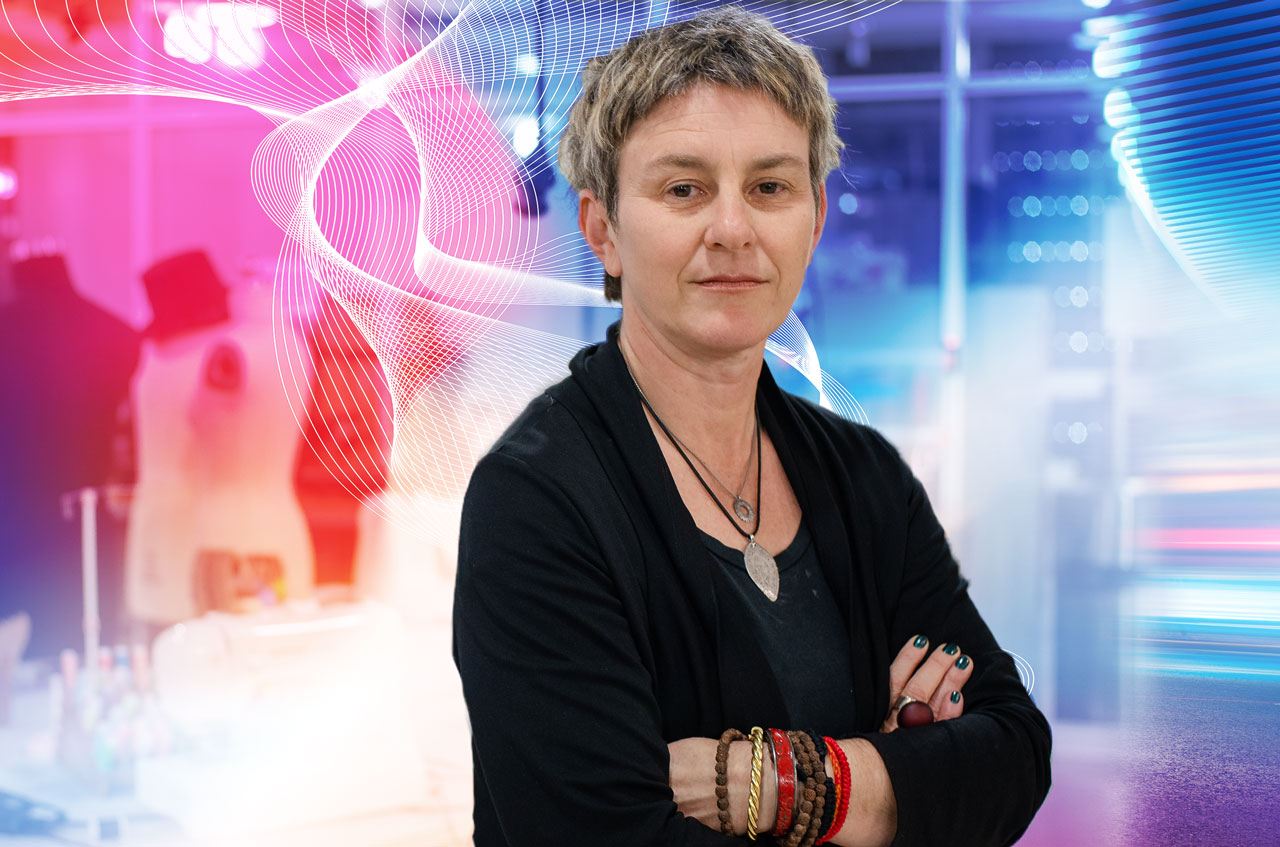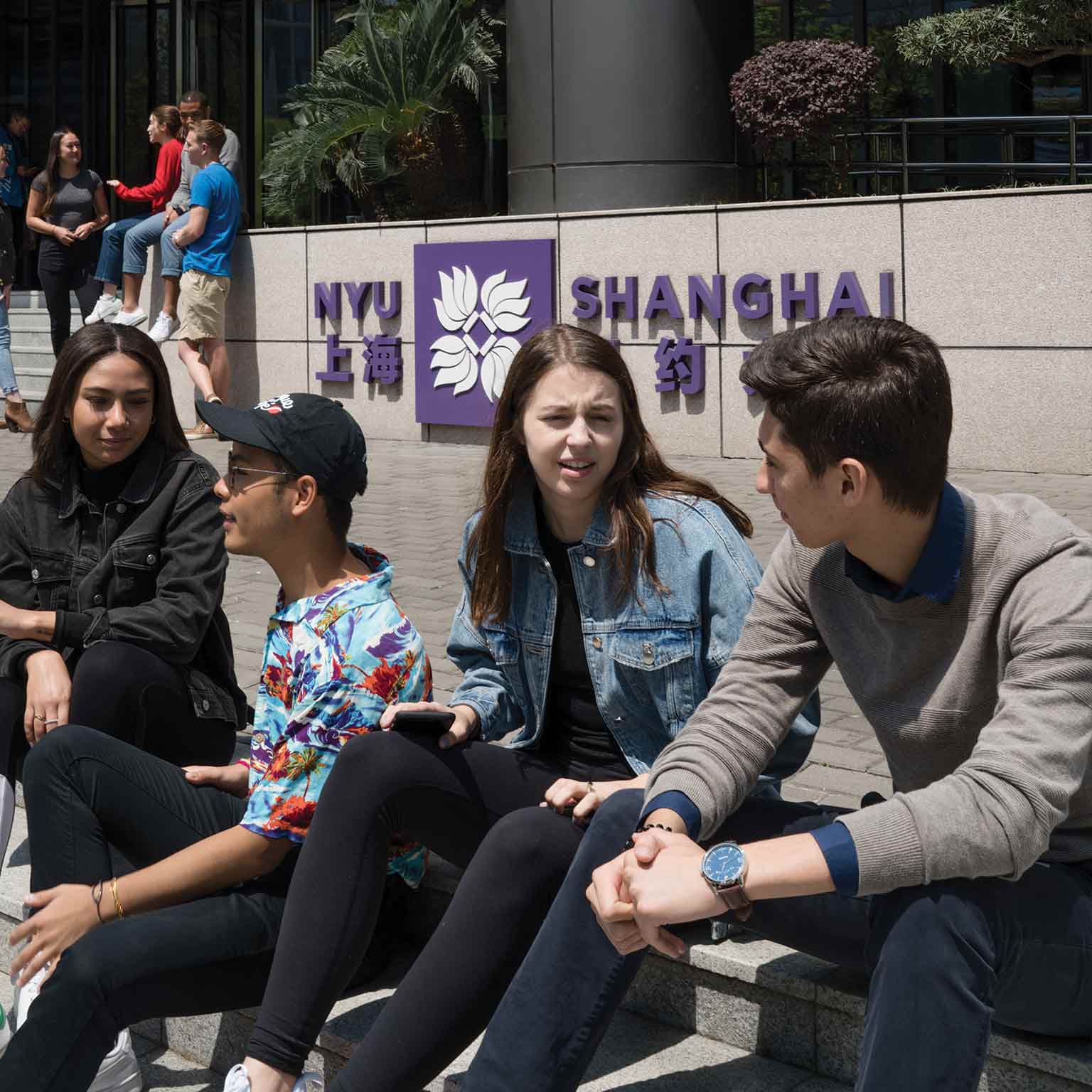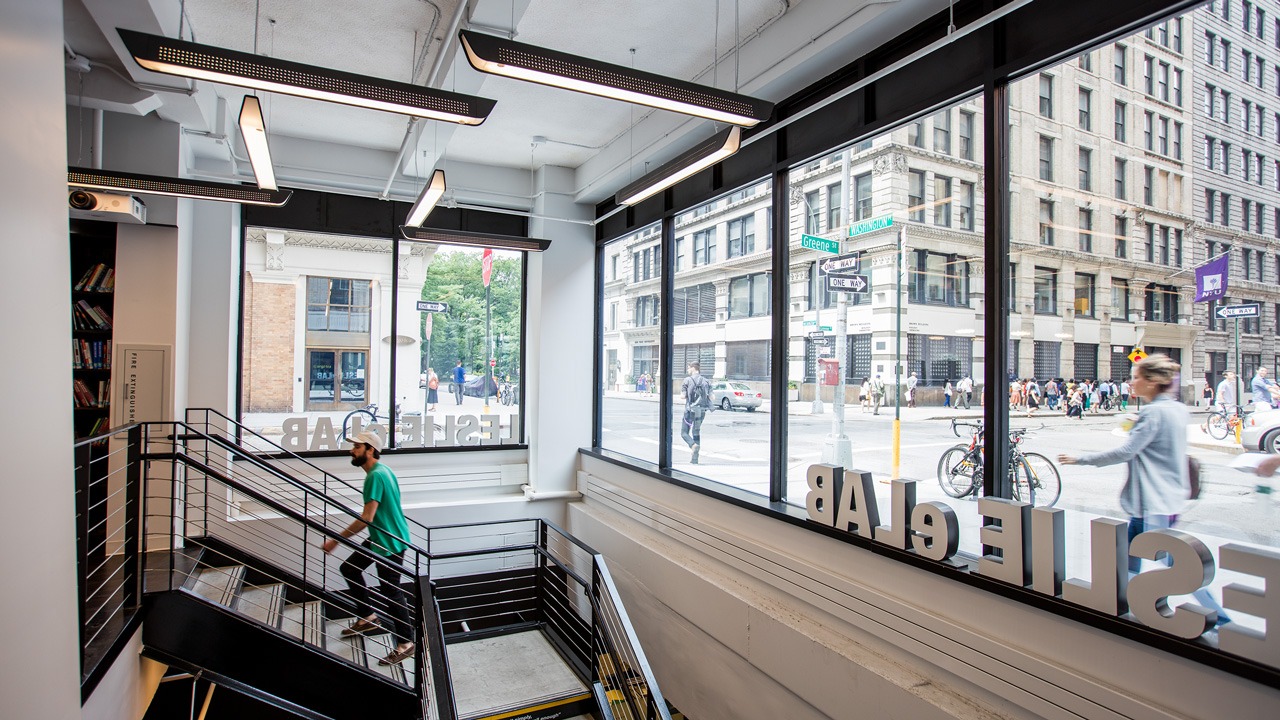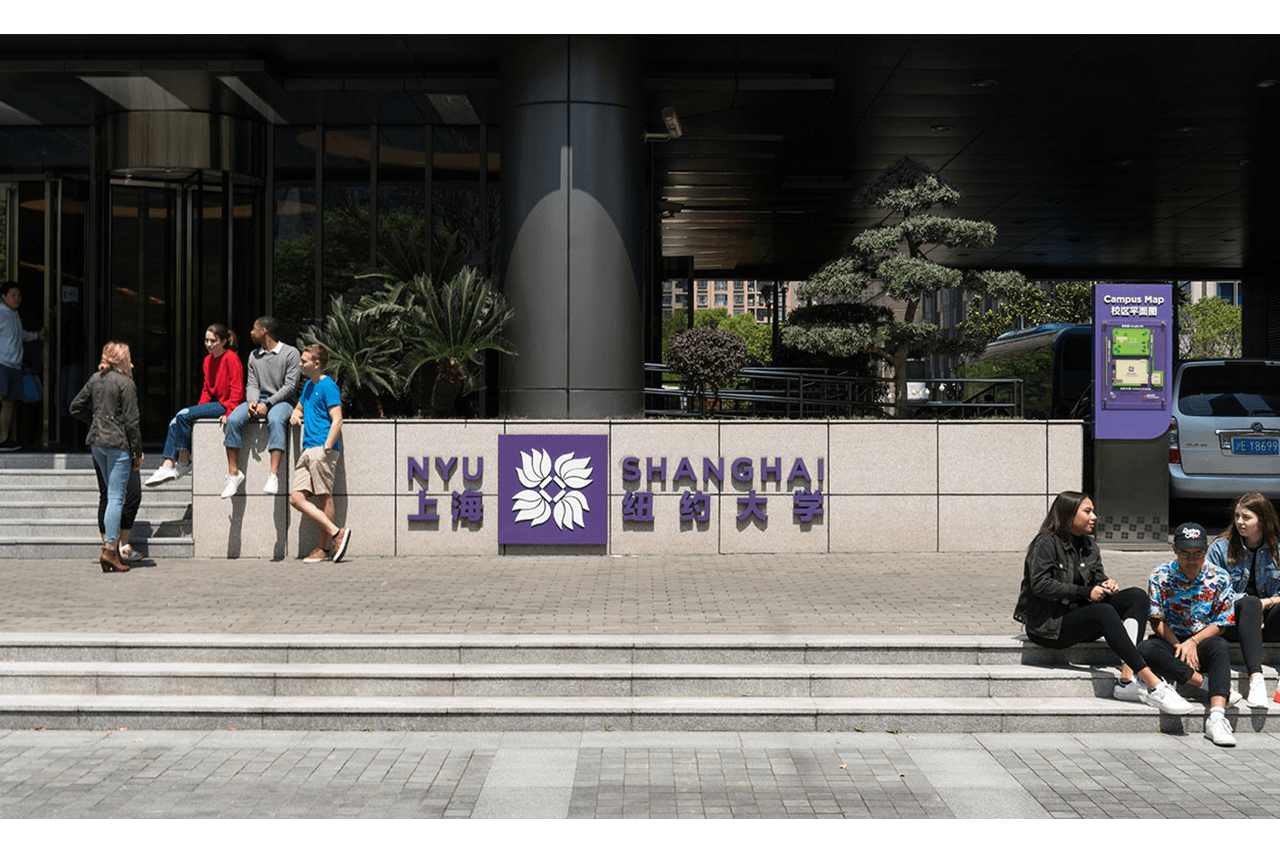
NYU’s liberal arts curriculum means you can explore anything and everything you want. Students engage with their classes and their community, cultivating academic excellence, intellectual curiosity, and creative expression. Here, animators conduct research and astrophysicists make art. And at NYU Shanghai, students across all majors can explore fully and unleash their creativity by enrolling in the Program on Creativity + Innovation (PCI), which recognizes that everyone is creative and anyone can innovate.
“Whether majoring in the arts, the sciences, or business, students can take PCI courses as an opportunity to reflect on their ‘creative DNA’ and how it shapes what they are learning elsewhere,” says Adam Brandenburger, PCI faculty director. “Now, more than ever, creativity plays a critical role in education.”
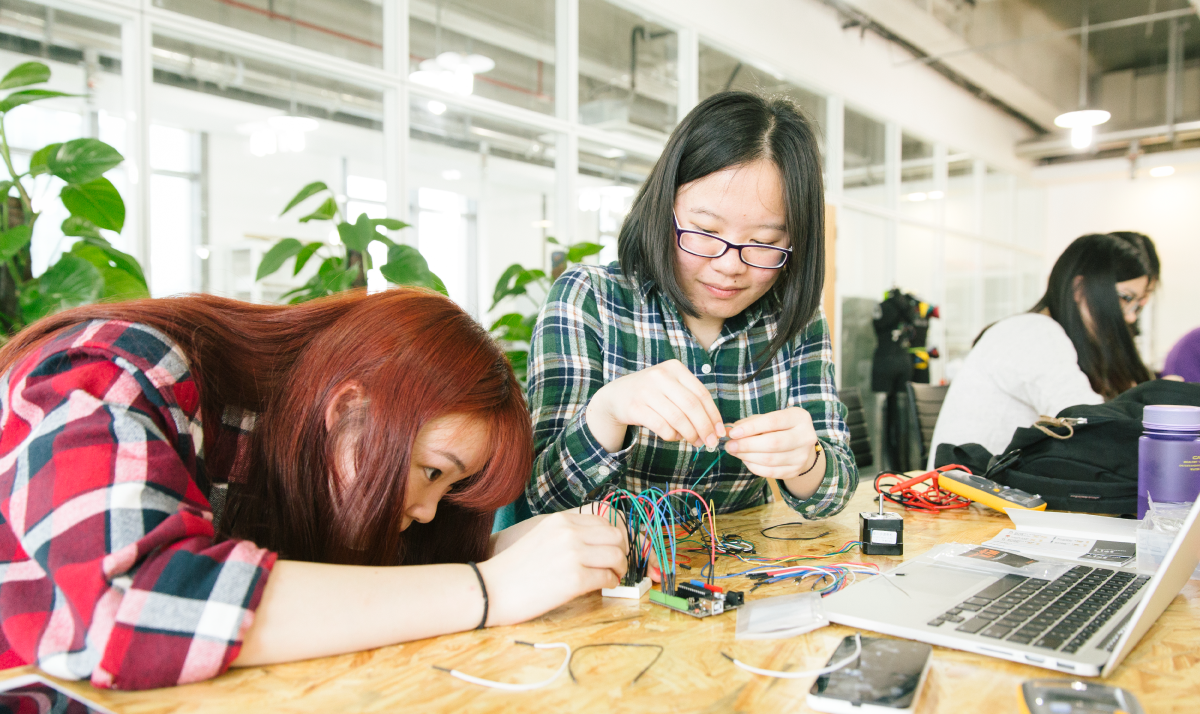
Grow Your Creative Self
At NYU Shanghai, creativity isn’t solely the domain of genius entrepreneurs and eccentric artists. Instead, PCI seeks to complement any area of study with cross-disciplinary lessons and practices. By equipping students with the tools to access their inner creator, they learn to think in new and novel ways—an increasingly crucial skill in today’s job market. To that end, there’s a PCI course for every interest, with an emphasis on creative research and interactive technology. Brandenburger adds, “PCI course offerings range from deep dives into the nature of creativity through design thinking to hands-on entrepreneurship.”
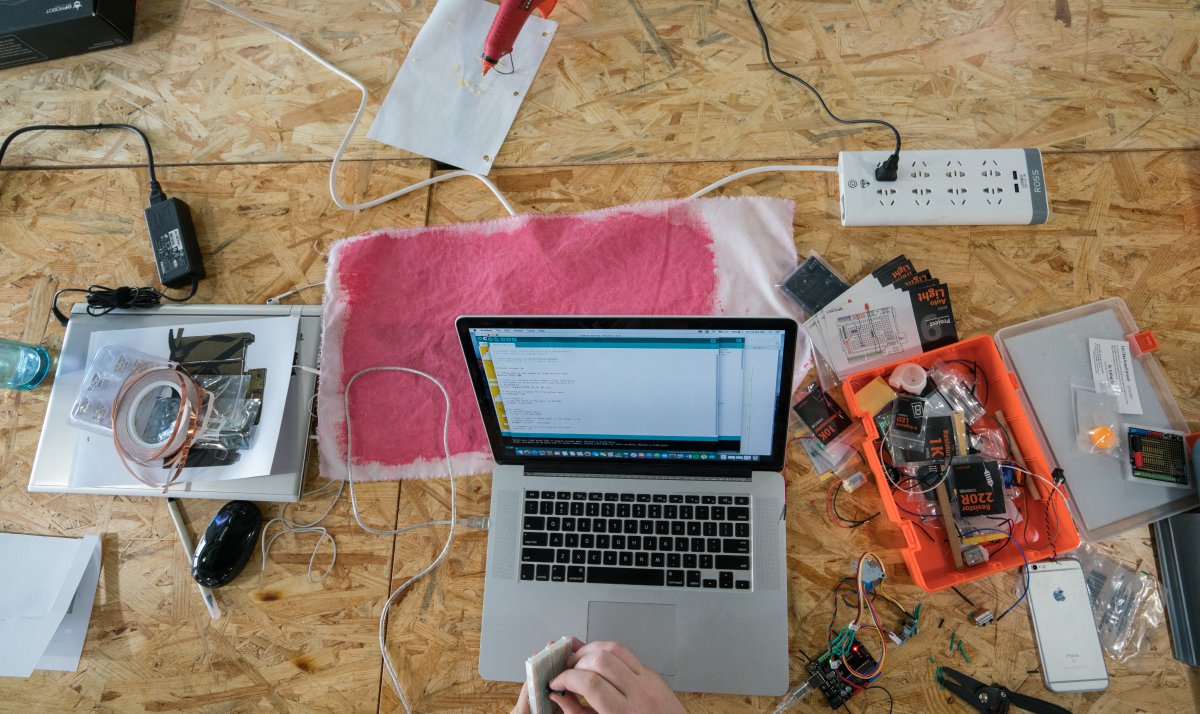
Think Like a Designer
This year, all members of the NYU Shanghai Class of 2025 are enrolled in PCI’s Design Your NYU Shanghai course. Taught by Associate Arts Professor of Interactive Media and Business (IMB) Emily Tsiang, the course brings together all 505 students amid ongoing COVID restrictions. Across time zones and cultures, the class meets once a week to connect and reflect. Through interactive exercises, they explore design-thinking principles such as visual thinking, prototyping, and storytelling. “The traditional learning mode emphasizes a very linear and binary approach; ‘There is one way to do this; there is a correct or incorrect answer,’” says Tsiang. “In some situations, that precise approach is important. But in situations where there isn’t a right or wrong, such as navigating your college experience, a designer’s mindset can offer students a supplemental way to approach ambiguous, multifaceted situations.”

Perceive the Bigger Picture
Above all else, PCI is for everyone—here to support each student’s individual experience as a learner and innovator. So there are many ways students can get involved. In addition to courses, you can conduct research at labs, each of which provides a space for students and faculty alike to explore their creativity and unique research interests. Moreover, PCI provides ample opportunity to participate in joint projects with faculty members. For example, Christian Grewell, associate director of PCI and Interactive Media Arts and IMB, formed a joint game studio with NYU Abu Dhabi, current students, and recent grads. Others started an online publication about creativity in teaching. “The world needs new knowledge urgently,” concludes Brandenburger. “By helping students learn how to create their own new knowledge and meanings, we can help students throughout their lives.”

